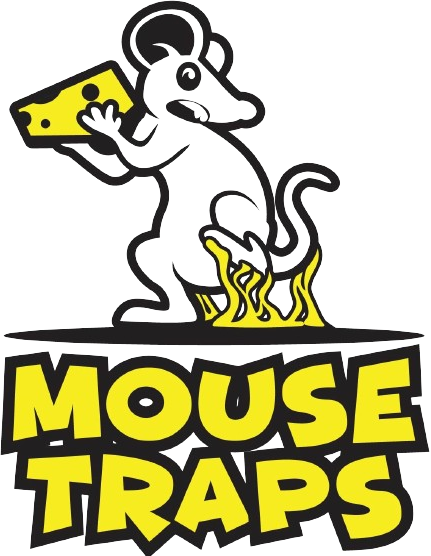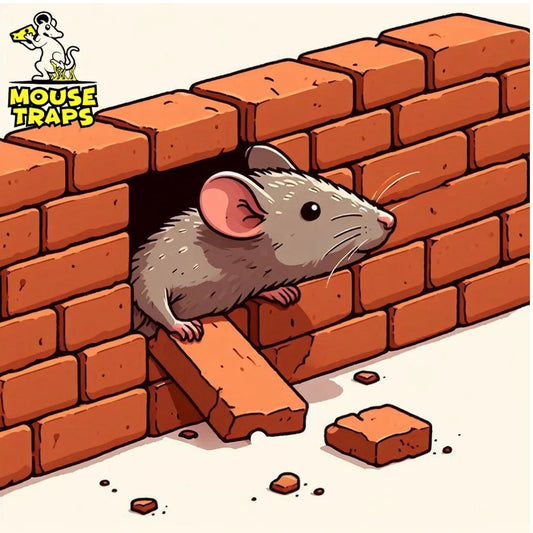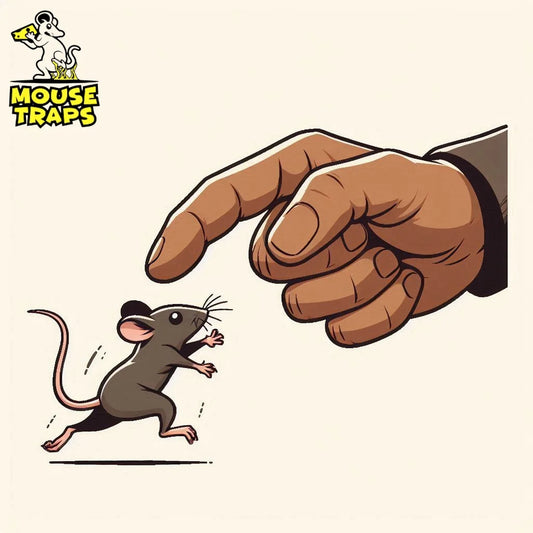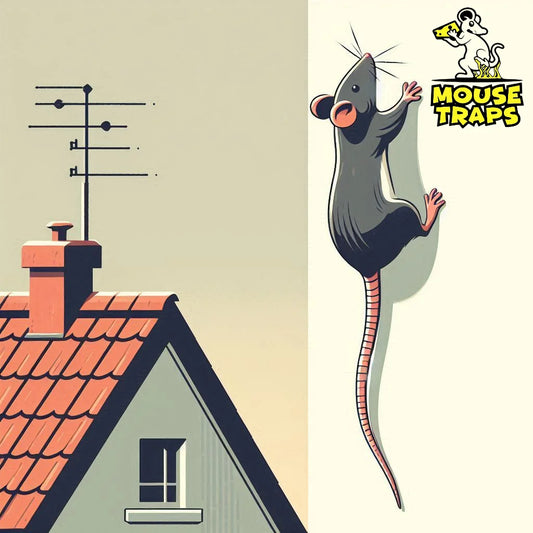Introduction:
When dealing with a mouse problem, in your house it's crucial to choose the trap for pest management. With a variety of choices on the market it can be tough to figure out which one is the suitable, for your situation. In this manual we will discuss the indoor mouse traps, their characteristics and the advantages and disadvantages of each option.
Snap Traps:
Snap traps are among the oldest and most traditional types of mouse traps. They consist of a wooden, plastic, or metal base with a spring-loaded bar that snaps shut when triggered by a mouse. Snap traps are baited with food to attract mice, and when a mouse triggers the trap, the spring-loaded bar snaps shut, killing the mouse instantly.

Pros include:
- Inexpensive and widely available.
- Effective at catching mice quickly.
Drawbacks:
- Considered inhumane by some due to their lethal nature.
- Require disposal of dead mice.
- It can serious health issues
Electronic Traps:
Electronic traps offer a more modern and humane alternative to traditional snap traps. These devices rely on batteries to administer an jolt to mice upon their entry. Electronic traps are baited with food, and when a mouse completes the circuit inside the trap, it receives a shock, killing it quickly and humanely.

Pros include:
- Reusable and can catch multiple mice.
Cons of electronic traps include:
- Higher cost compared to snap traps.
- Require batteries and periodic maintenance.
- Disposal of dead rat.
- Small coverage area.
Glue Traps:
Glue traps consist of a flat surface coated with a sticky adhesive that traps mice when they step on it. These traps are baited with food to attract mice, and when a mouse steps onto the glue trap, it becomes stuck and unable to escape.
Click Here To Buy Sticky Pad Traps

Pros include:
- Inexpensive and easy to set up.
- Can catch multiple targets.
- Large coverage.
- requires not maintenance.
Drawback:
- Disposal of dead rat.
Live Traps:
Live traps are designed to capture mice alive without harming them. These traps are usually made of wire mesh or plastic and have a door that closes once the mouse enters. Live traps are baited with food, and once a mouse triggers the door to close, it is safely captured inside.

Pros include:
- Most humane option for dealing with mice.
- Allows for the release of captured mice outside.
- Can be Reuse multiple times.
- Less expensive than electronic traps.
Drawbacks:
- Measures needed to prevent mice from returning to your home.
Conclusion:
Choosing the indoor mouse trap involves considering aspects such, as your personal preferences, budget constraints and how comfortable you are, with handling mice. Whether you opt for the traditional snap trap, the modern electronic trap, or the humane live trap, each type has its pros and cons. By understanding the features and considerations of each trap type, you can make an informed decision to effectively control mouse infestations in your home.




